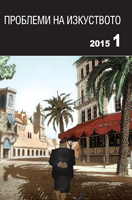
We kindly inform you that, as long as the subject affiliation of our 300.000+ articles is in progress, you might get unsufficient or no results on your third level or second level search. In this case, please broaden your search criteria.

Trideset godina od smrti je bilo 2014. a 365 dana kasnije sto godina od rođenja Branka Ćopića. Ta činjenica je plod dvije čudne simbioze u nastanku i samo fizičkom nestanku pisca, koji je obilježio jedno i književno, a i teatarsko vrijeme. Dijalog između literature i teatra uspostavlja predstava kao kolektivni čin i scensko ovaploćenje djela. Ispoljene ≪opasnosti≫ po konačnu pozorišnu umjetničku kreaciju postoje ako se radi o dramatizacijama velikih djela i značajnih autora. Vrlo realna je mogućnost da neko veliko djelo svojom grandioznošću nadvlada teatarski čin. U takvom stanju se ogleda i dominantno prisutna tematska ozbiljnost dijaloga Branka Ćopića i teatra. Komadi koji su producirani na bosanskohercegovačkim profesionalnim scenama, a koji su rađeni po djelima Branka Ćopića imali su svoj intenzivan kazališni život sve do devedestih godina XX vijeka. Pslije toga gotovo dvodecenijski zastoj. Život i djelo Branka Ćopića su se negdje podudarali, tako da je moguće sačiniti kratku Ćopićevu biografiju gotovo isključivo da se bude vođeno naslovima njegovih djela. Ćopić poetskim realizmom, a kazališni stvaraoci teatarskim znakom su Bosansku krajinu ≪čehovljevski zapečatili≫, a Grmeč učinili velikim poetskim, odnosno dramskim simbolom.
More...
У познатом писму Д. В. Григоровичу, 28. марта 1886. године, млади Чехов простодушно признаје: Као што репортери пишу своје чланчиће о пожарима, тако сам и ја – махинално – писао своје приповетке... Он се жали на посао везан за рок, на књижевно надничење, где нема времена да се о делу добро промисли: не памтим ниједне своје приче над којом сам радио више од двадесет и четири сата...
More...
The study of the plot in Dostoevsky’s novels makes it evident that there is more than just one culmination. This feature is inherent to all complex genres where actions develop over a long period of time. This fact is explained by a number of moments where emotional tension dramatically increases. Dostoevsky himself tries to represent such moments as points of bifurcation: they are mass scenes that result in a succession of scandals. Dostoevsky tends to be interested mostly in spectacular and impressive mass scenes. Such tradition of action organization goes back to the genre of drama and – more precisely – to the French romantic drama. Trying to depict characters in the state of emotional crisis at the moment of extreme psychological tension, Dostoevsky follows Hugo’s tradition and creates melodramatic scenes with affected poses and gestures. Interpersonal relations between characters become more complicated and contradictory and a lot more personages are involved in Dostoevsky’s mise-en-scènes. At the same time, the author’s comments are minimal, unlike Hugo’s drama. The article is concerned with dramatic actions in the works of Dostoevsky and Hugo and focuses on the similarities in the scenes characterized by the same organizing principle: a dramatic motif – its unexpected resolution. Such dominance of dramatic elements leads to a specific plot of nonlinear character, which is organized from a set of dramatic scenes with highly varying patterns of characters.
More...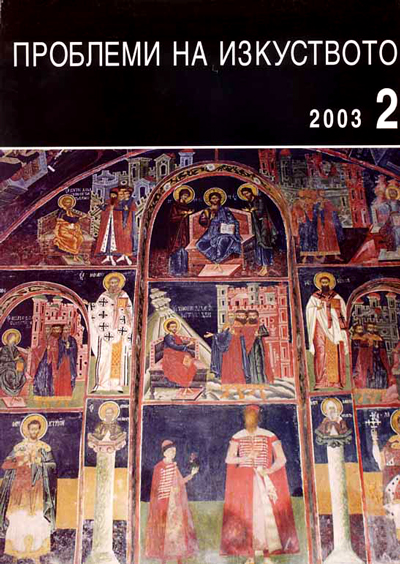

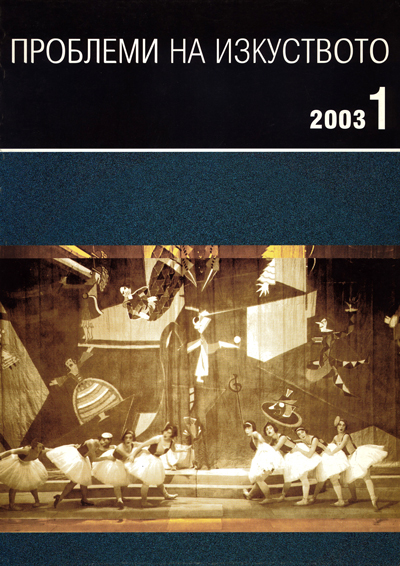




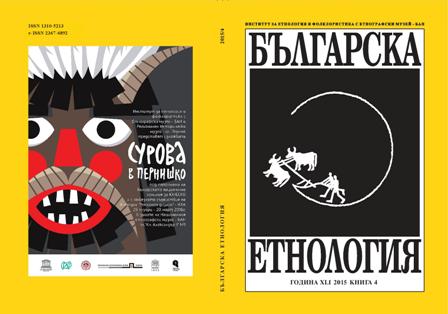
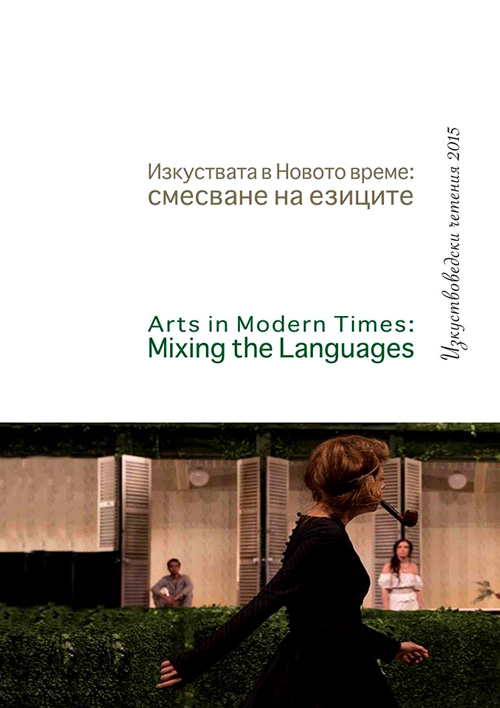
ToC: 2015, Issue 10, Volume II in Bulgarian and English
More...
The article is part of a study on Bulgarian theatre under socialism. It focuses on the imposition of the doctrine of Socialist Realism as an official art style in theatrical productions. Using documents, the paper seeks to establish when and how this has happened. It presents also the tenets of Socialist Realism. When Socialist Realism was imposed onto theatrical productions, this created a need for certain methods providing specific instructions not only for casts and directors, but also for stagings as a whole. Stanislavski’s system proved to be the right method. The article traces how Stanislavski’s system has been presented and imposed on Bulgarian theatre. The paper arrives at the conclusion that communist authorities used a simplified, expanded, and ideologically interpreted version of Stanislavski’s work in order to establish Socialist Realism as the only acceptable method of staging.
More...
The paper brings up issues about the foreigners performing Bulgarian folk music at Koprivshtitsa National Folk Festival. Certain participants from different countries are highlighted along with their repertoire choices. Attention is paid to the time and spatial placing of the foreigners performing at this cultural event compared with the selected Bulgarian participants included in the official programmes. The issues of the motivations of foreign amateurs to perform Bulgarian folk music and the psychological dispositions and attitudes of Bulgarian audiences towards them are broached.
More...
Diaghilev’s Ballets Russes instantly gained recognition in European cultural life soon after the dance company was established. His productions were eagerly anticipated in Paris and in extremely high demand across Europe. The quest for new repertoire, soloists, choreographers, and production designers became a permanent process with the high expectations for the company to stun and shock, showing the best of the ballet traditions and the latest trends in European art. On the eve of the World War One, Natalia Goncharova and Mikhail Larionov, major artists of the Russian avant-garde, joined the Ballets Russes. Diaghilev invited Natalia Goncharova for the stage designs of the production of the ballet Le Coq D’Or, where her designs strongly evoked Russian folk art, but held true to the avant- garde to create one of the most powerful imageries in the history of the company. Goncharova and Larionov introduced modernism into Diaghilev’s productions, leaving the idea of costumes forever changed. They encouraged Diaghilev to commission more ‘modern’ artists to design sets and costumes for the Ballets Russes in new styles. The unique imagery of Goncharova’s costume solutions was a result of melding modern art with Byzantine icon painting (the sets and costumes for Diaghilev’s Liturgie) or with the images and colours of the traditional Russian folk art (as in the ballets Le Coq D’Or, Les Noces and Russian Fairy Tales).
More...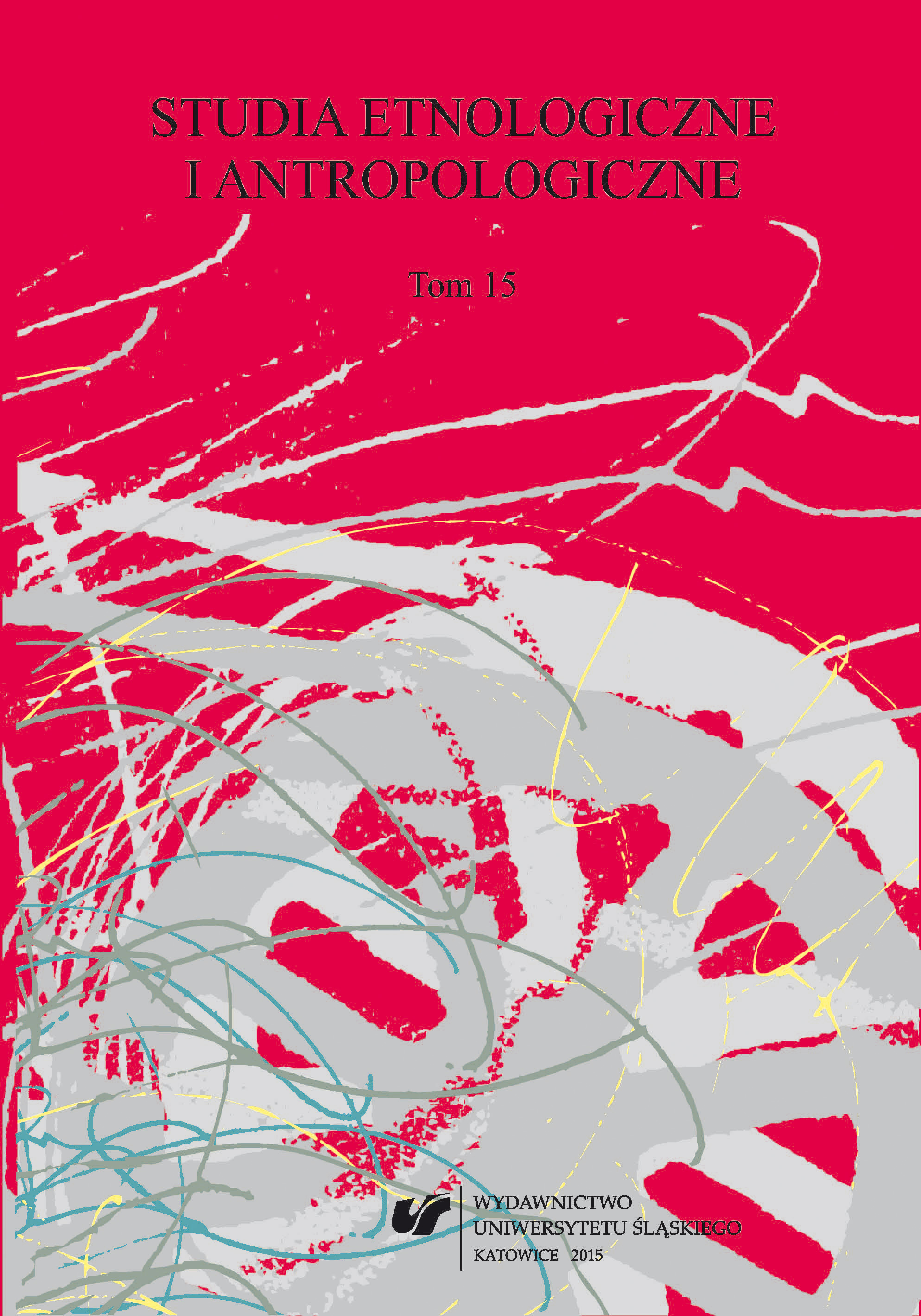
The present paper concerns the performances held in open urban spaces, in places not designed as exhibition or theatre space. This creates new possibilities of use and transformation; the space may serve a new purpose. I am particularly interested in “busking”, a kind of street performance that is overtly commercial. For many, it is fun, for others a temporary way to earn a living, and also to become known as an artist. Contemporary “busking” continues the traditions of old fair shows and folk performances, which involved singing, showing tricks, dancing, juggling and other skills or animal training.
More...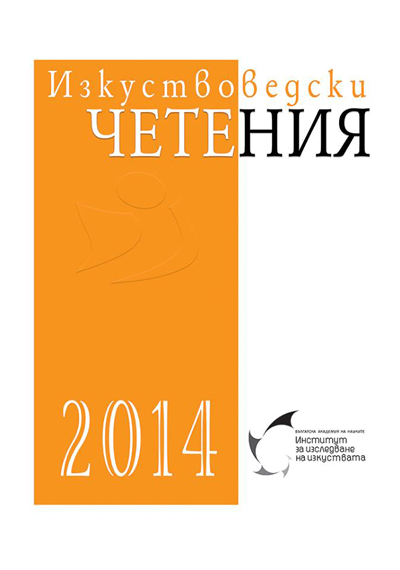
The paper, which is part of a larger study of acting under socialism, deals with a major principle of art in Bulgaria in the socialist era, i.e. ‘the national ethos’ (‘narodnost’) which has found its expression in theatre through experiments to present onstage the new utopian communist world. It was represented more epically in an attempt to epitomise ‘the might of the masses, history-makers’. This party ideologeme was carried into effect through inserting at the earliest convenience huge crowds of extras on stage. The orientation towards representing the rising generation is also related to ‘the national ethos’, interpreted as simplification and infantilism. These images were meant to present the new young generation, brought up in the spirit of pluck, ardour, and revolutionary determination within a paradigm of building the forthcoming bright future.
More...
This paper deals with the year when Liturgy for Mixed Choir by Apostol Nikolaev-Strumski was published. Was it published in 1926, as it is widely believed now, or was it in the early 1930s? Was the Liturgy republished? Did it change its significance to the historical context of Bulgarian music, quite different in the 1920s and the 1930s? This question is relevant for three reasons: first, for the sake of scholarly striving for precise information; second, in view of a more accurate timeline of the events in Strumski’s life, both biographically and creatively; third, due to the desire to trace the path of Apostol Nikolaev- Strumski’s most significant work.
More...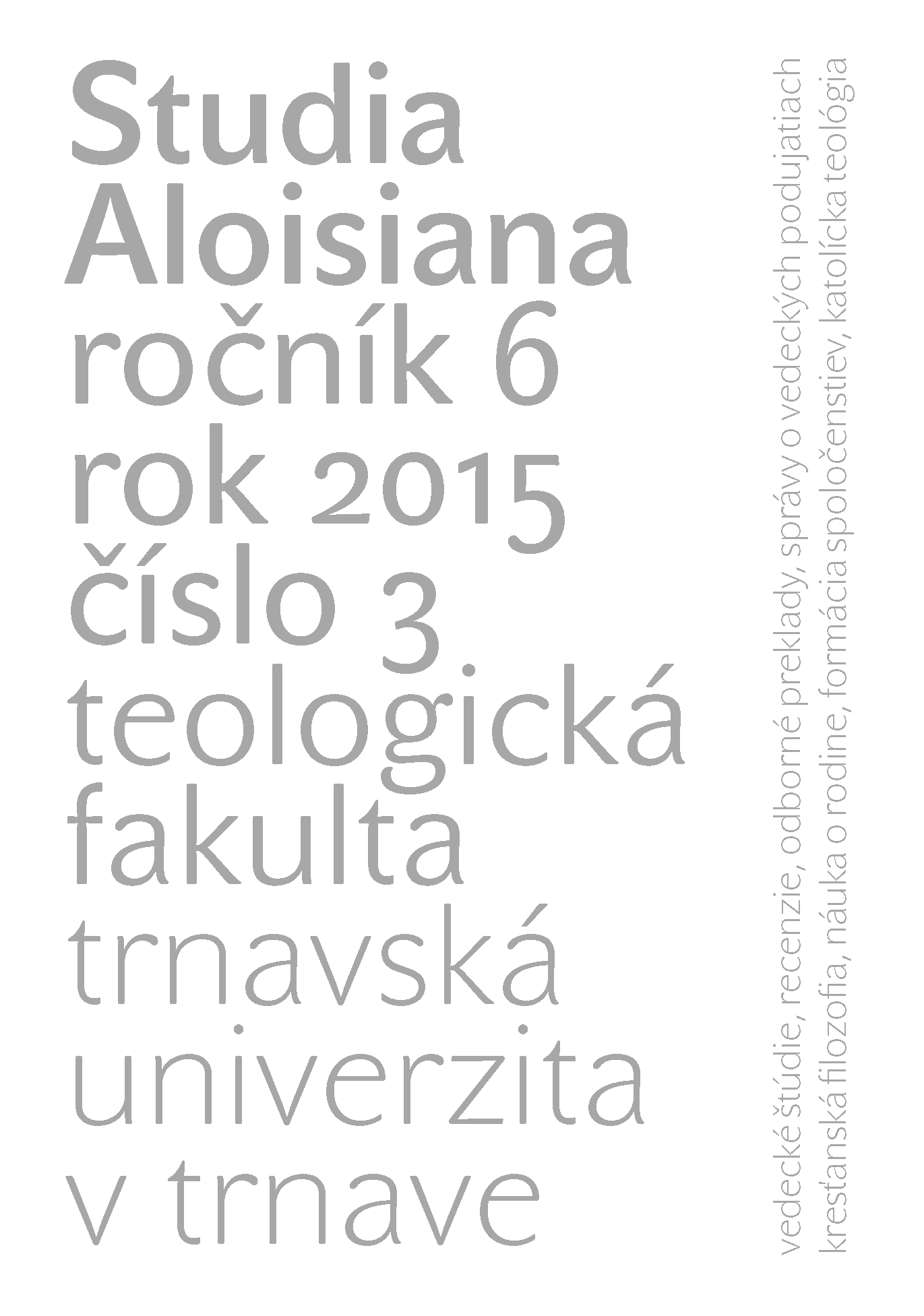
Jesuit baroque theatre spread out through the Europe by Jesuit colleges was a high educational and cultural effort in the time of the re-catolicism of the 17th–18th century. In Slovakia, as in other European countries, Jesuit drama had a great importance not just because of the intellectual and cultural struggle with the developed protestant theatre, but also as a way of education giving the important cultural imprint to the following generations. One of the educational centres in the east part of Upper Hungary (today Slovakia) was Spišská Kapitula. The preserved school dramas from Spišská Kapitula college disclose interesting informations about the dramas production, staging, language, spectators, students, teachers and some personalities having in the comming times an influence on the cultural and political development of the region.
More...